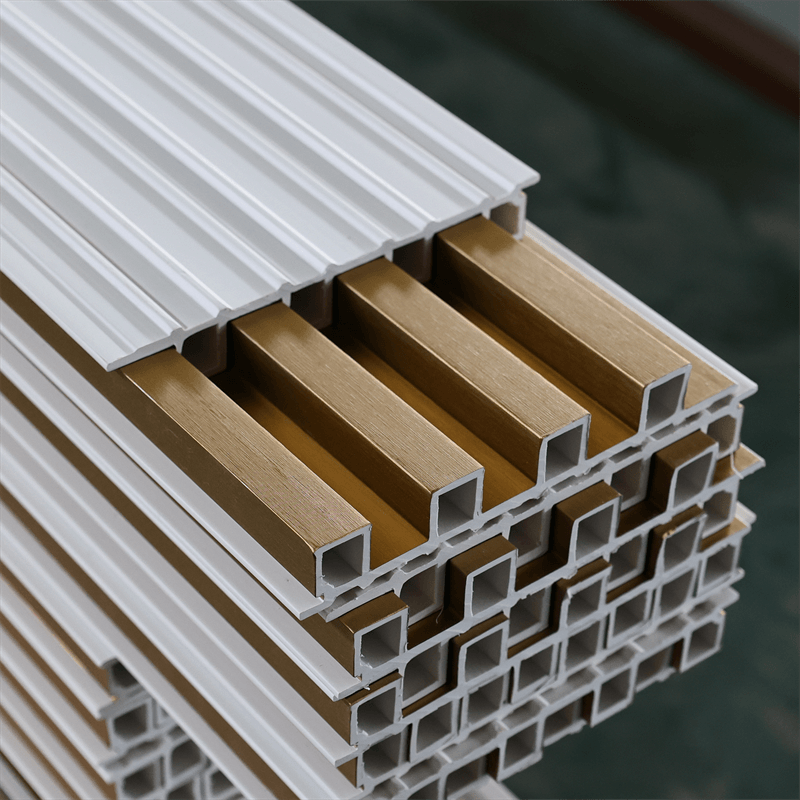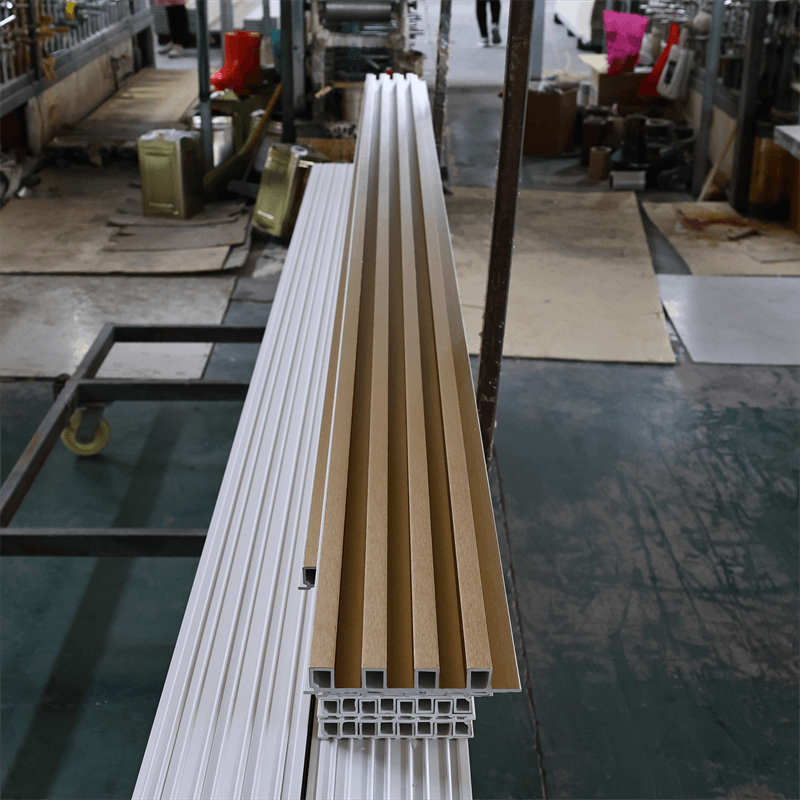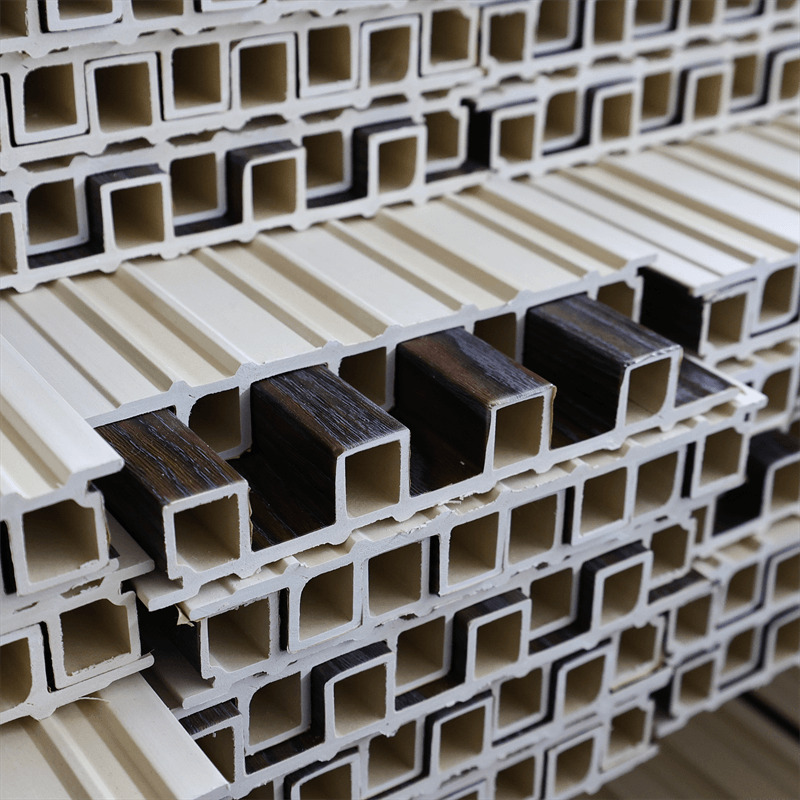
When it comes to home improvement projects, one of the essential considerations is the cost.
If you’re planning to upgrade your outdoor space with a beautiful Wood-Plastic Composite (WPC) deck, accurately estimating the costs involved is crucial.
WPC has gained popularity as an eco-friendly and low-maintenance alternative to traditional wood decking, making it an attractive option for many homeowners.
However, before embarking on your project, it’s essential to understand the factors that influence WPC prices and how to calculate them.
In this article, we’ll explore the various aspects of calculating WPC prices, providing you with the knowledge needed to plan and budget effectively.
Understanding Wood-Plastic Composite (WPC)
Wood-Plastic Composite, or WPC, is a composite material made from a blend of wood fibers or sawdust and plastic resins.
This combination results in a durable, weather-resistant, and low-maintenance decking material that closely resembles the appearance of natural wood.
WPC is available in various colors, finishes, and patterns, offering homeowners plenty of options to match their aesthetic preferences.
Factors Influencing WPC Prices
Before calculating the costs, it’s essential to be aware of the factors that impact WPC prices.
Understanding these elements will help you make informed decisions and adjustments to your project plan.
Material Quality and Brand,The quality of the WPC material plays a significant role in determining its price.
Higher-quality WPC decking is likely to be more expensive due to better performance, longevity, and aesthetics.
Additionally, well-established and reputable brands may charge a premium for their products.
While opting for higher quality and trusted brands might increase the upfront costs,
it can save you money in the long run by reducing maintenance and replacement expenses.
Deck Size and Layout,The size and layout of your deck will directly impact the total WPC material required.
Larger decks will naturally require more materials, increasing the overall cost of your project.
Similarly, complex designs with intricate patterns or shapes may result in more waste during installation, potentially adding to the expenses.
Installation Costs,The installation process is another significant factor to consider when calculating WPC prices.
If you plan to hire a professional contractor for the installation, their labor costs will be an additional expense.
The complexity of your deck’s design and the local labor rates will influence the installation costs.
Additional Accessories,Various accessories can enhance the functionality and aesthetics of your WPC deck, but they will also contribute to the overall cost.
Railing systems, stairs, lighting, benches, and pergolas are common accessories that you might want to include in your project.
Each of these elements comes with its price, so it’s essential to account for them in your calculations.

Calculating WPC Prices
Now that we have a clear understanding of the factors affecting WPC prices, let’s delve into the process of calculating the total cost for your home improvement project.
Measuring Your Deck Area,Start by measuring the area of your deck to determine the square footage.
Measure the length and width of the deck and then multiply these two numbers to obtain the total square footage.
For more complex deck shapes, consider dividing the deck into smaller sections and calculating each section’s square footage separately.
Estimating Material Requirements,Once you have the deck area in square feet, you can estimate the WPC material required.
The material typically comes in standard deck board sizes, and you’ll need to check the product specifications to determine how many boards are required per square foot.
Multiply the number of boards per square foot by the total square footage of your deck to get the total material needed.
Factoring in Waste and Cuts,When estimating material requirements, it’s wise to account for waste and cuts that occur during the installation process.
Depending on the complexity of your deck design, you may have more waste.
As a general rule of thumb, add an extra 10-15% to the total material estimation to cover waste and cuts.
Labor and Installation Costs,If you plan on hiring a professional contractor for the installation, obtain quotes from several reputable companies.
Labor costs can vary significantly, so comparing multiple quotes will help you find a reasonable price.
Be sure to include the labor cost in your overall calculation.
Including Accessories,If you intend to include accessories like railing systems, lighting, or pergolas,
research the prices of these elements and add them to your calculation.
Budgeting Tips and Conclusion
Now that you have a comprehensive understanding of calculating WPC prices,
here are some budgeting tips to help you manage your home improvement project efficiently:
Set a Realistic Budget: Before starting the project, establish a budget that aligns with your financial capabilities. Factor in some buffer for unexpected expenses.
Research and Compare: Research various WPC brands, materials, and accessories.
Obtain quotes from multiple suppliers and contractors to find the best deals without compromising quality.
DIY vs. Professional Installation: Consider your DIY skills and the complexity of the project.
If you’re experienced and confident, you might save money by doing some parts yourself.
Consider Long-Term Costs: While high-quality WPC may be more expensive initially,
it can save you money in maintenance and replacements over the years.
Plan for the Future: If you can’t afford all the desired accessories at once,
plan for future installations and additions to your deck.

In conclusion, calculating WPC prices is essential for any homeowner planning a deck installation.
By understanding the influencing factors and following the steps for estimation,
you can create a realistic budget for your home improvement project.
A well-designed and carefully budgeted WPC deck will not only enhance the beauty of your outdoor space but also add value to your home for years to come. Happy decking!
Financing Options,After calculating the estimated cost of your WPC deck, you may find that the total expenses exceed your available budget.
In such cases, exploring financing options can help you proceed with your home improvement project without compromising on the quality or scope of the deck.
Home Improvement Loans,Many financial institutions offer home improvement loans specifically designed to help homeowners fund renovation projects.
These loans often come with reasonable interest rates and flexible repayment terms. Before applying,
compare the loan options from different lenders and choose the one that best suits your needs.
Home Equity Line of Credit (HELOC),If you have built up equity in your home, a Home Equity Line of Credit (HELOC) can be an excellent financing solution.
HELOCs allow you to borrow against the value of your home, and the interest rates are typically lower than those of personal loans or credit cards.
However, be cautious as failure to repay the borrowed amount could put your home at risk.
Credit Cards,Using credit cards to fund your WPC deck can be an option if the project’s cost is relatively low, and you can repay the amount within a short period.
Some credit cards offer promotional periods with zero or low-interest rates for a limited time, which can help you save on interest charges.
However, make sure to read the terms and conditions carefully to avoid any hidden fees or high-interest rates after the promotional period ends.
Personal Savings or Emergency Funds,If possible, consider using your personal savings or emergency funds to cover the project’s cost.
While it may reduce your savings temporarily, using your own money eliminates the need to repay loans or accrue interest.
A beautifully crafted Wood-Plastic Composite (WPC) deck can transform your outdoor space into a stunning and functional area for relaxation and entertainment.
However, before diving into your home improvement project, it’s essential to understand the intricacies of calculating WPC prices.
By considering factors such as material quality, deck size, installation costs, and additional accessories, you can create an accurate estimate of the total expenses involved.
Remember that WPC decking offers several advantages over traditional wood, such as durability, low maintenance, and environmental friendliness.
Although the initial investment may be higher, the long-term benefits can outweigh the costs, making it a wise choice for homeowners seeking a lasting outdoor solution.
As with any significant project, proper planning and budgeting are key to a successful outcome.
Be sure to set a realistic budget, explore financing options if needed, and obtain quotes from multiple suppliers and contractors.
Additionally, consider your future plans for the deck and how you can add accessories and improvements over time.
In conclusion, a well-designed and well-executed WPC deck can significantly enhance the value and enjoyment of your home.
With careful consideration of costs and thoughtful budgeting, you can create the outdoor space of your dreams without breaking the bank.
So, roll up your sleeves, plan diligently, and get ready to enjoy your new WPC deck for years to come! Happy decking and enjoy your outdoor oasis!
